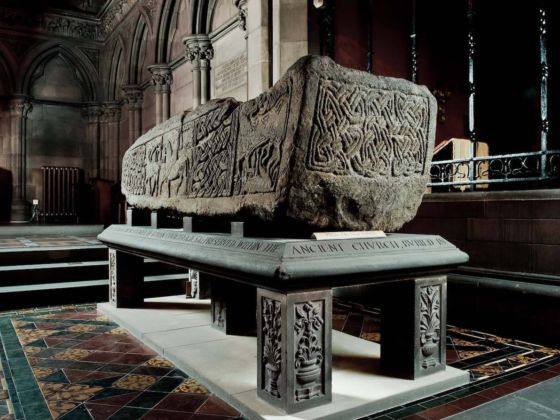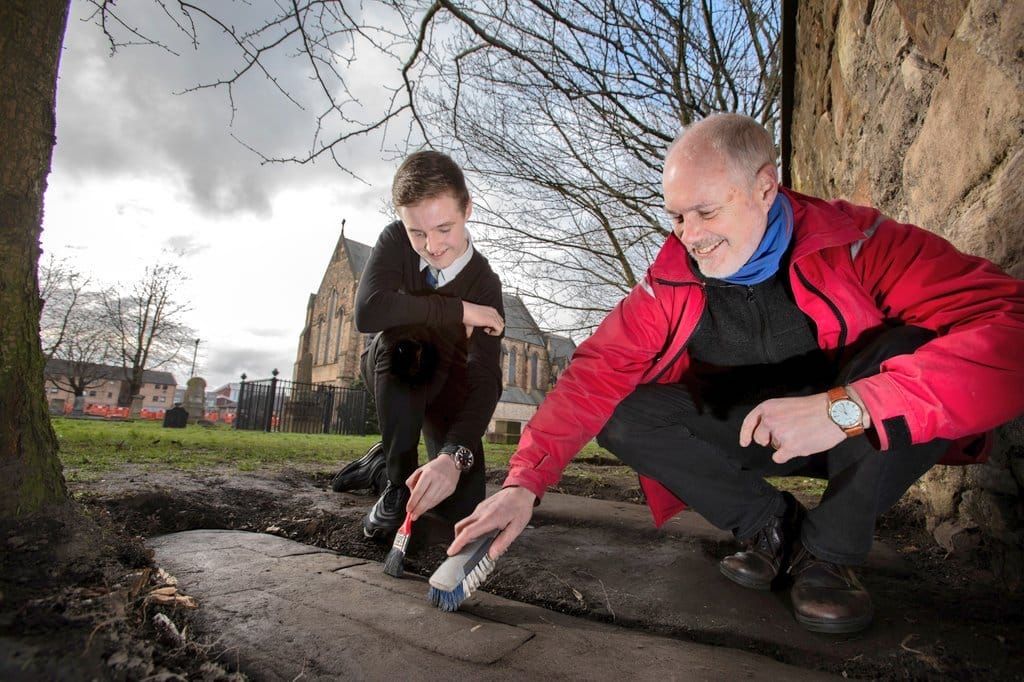If Mark McGettigan, a 14-year-old from Scotland, was not sure archaeology was a suitable career path for him, he can now rest easy. As part of a community dig in the graveyard of the Govan Old Parish Church, the teenager was searching the grounds and made a surprising find.
“I was just prodding the ground,” he said, “to see if there was anything there and suddenly it made a noise and I realised I had hit something. Myself and two of the archaeologists worked out the area of the object and started to dig it out and clean it. I wasn’t too sure at the start what it was. But then we checked with the records and we realised it was one of the lost Govan Stones.”



